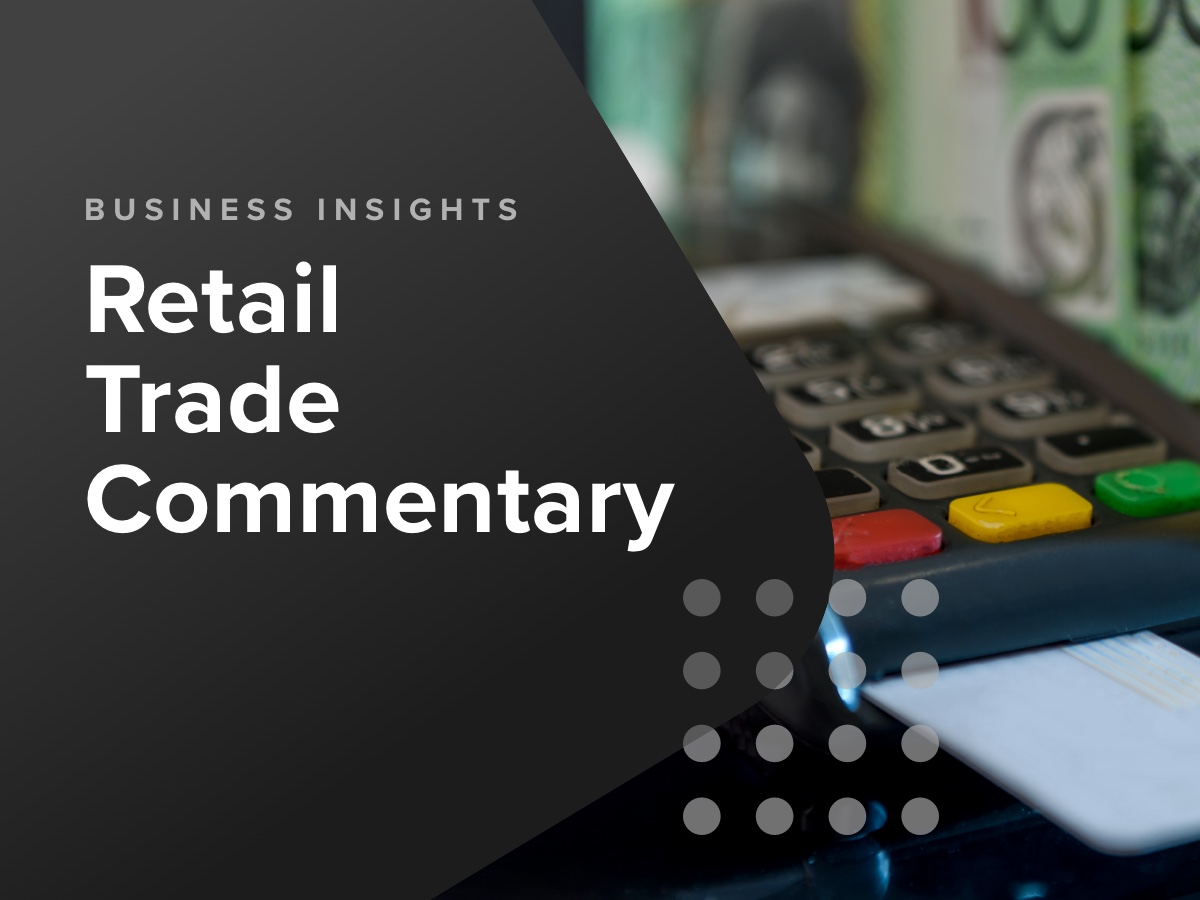September saw the continuance of fuel inflation, with petrol and diesel prices rising substantially due to reduced production by key oil states like Saudi Arabia. The increase in fuel prices, alongside continued price gains in insurance and residential rents, resulted in a small increase in monthly inflation. While many commentators argue this could result in the Reserve Bank of Australia (RBA) increasing the cash rate at its October meeting, this is unlikely given the key drivers of inflation are not interest rate sensitive. Consumer demand is still very flat, with retail trade growing by a modest 0.2% over the month. This is well below inflation, and means that on a volume basis, Australian consumers continue to pull back on their spending.
Overall, the economy continues to track along well, especially given how weak consumer demand is. Business sentiment and conditions are still reasonably positive, and while job vacancies are falling, they are still well above 2019 levels.
Fuel prices driving inflation
All groups monthly CPI rose 5.2% over the year to August, up from 4.9% the month prior. While a higher figure is not welcome news for borrowers, the figure is heavily impacted by the higher cost of fuel this month. Excluding volatile items like fuel, holiday travel and fruit and vegetable items, monthly CPI increased 5.5%, down from 5.8% the month prior.
Residential rents, fuel and insurance pricing continue to gain momentum. For the business community, rising insurance will have a big impact and add to already significant cost pressures many businesses are facing. The construction sector, in particular, is very reliant on insurance, and while price growth momentum in building materials is slowing, rising insurance premiums will be the next headache the industry will face. It is likely that we will start to see business consolidations in this sector, as smaller operators find the cost of maintaining insurance too great, and look to join larger businesses.
The cafe and restaurant sector currently experiences the highest rate of insolvencies according to CreditorWatch Business Risk Index data, and the news that fruit and vegetable prices continue to fall will be welcome relief.
Unemployment rate steady
While the August 2023 unemployment rate remained steady at 3.7% on a seasonally adjusted basis, there was a strong gain in employed persons overall, at 64,900, or a 0.5 percentage point increase. The increase in the participation rate from 66.9 to 67.0% was the reason this jobs growth wasn’t enough to lower the unemployment rate again. While this is good news for the economy overall, coupled with still very subdued consumer confidence, it is unlikely to be enough to warrant an increase to the cash rate after the October meeting.
Underemployment continues to rise, from 6.4% in July to 6.6% in August, meaning a larger proportion of workers are looking for more hours. And despite the large surge in employment over August, monthly hours worked in all jobs actually declined by nine million hours, or 0.5% on a monthly basis.
Quarterly Job Vacancy data was released this month, and showed that job vacancies continue to fall at an accelerating rate. Job vacancies were down 8.9% over the three months to August, and 15.2% over the year. This is taking some pressure off wage price increases, however job vacancies still sit well above pre-COVID levels.
Retail activity subdued
Retail Trade continues to grow very modestly, with a 0.2% seasonally adjusted monthly increase recorded over August. This equates to an increase in spending of 1.5% over the year, and is well below inflation rates.
The one bright spot for retail trade was clothing, footwear and personal accessories, which was given an unexpected boost over the month by the FIFA Women’s World Cup and associated merchandise purchasing. Spending in this category grew by 1.5% over the month.
Food retailing continues to fall, and was down by 0.3% over the month. This is likely due to falling prices in some major food categories, such as fruit and vegetables. Strong population growth and a weakening economy usually results food retailing being one of the strongest categories, so this is quite an unusual dynamic. It is also likely reflective of consumers trading down to cheaper alternatives of commonly purchased grocery items.
The one consistent area of increased spending is café, restaurant and takeaway food services, which grew by 0.7 per cent over the month. It seems Australians are still keen to eat out and not give up their takeaway coffees. However, despite still good demand in the sector, increased spending could also be attributed to many businesses being forced to increase prices. Moderating fresh food prices will be welcome relief for café and restaurant operators, however, energy, transport and insurance bills are all still rising considerably, and continue to impact the viability of many of these businesses.
Business and Consumer Sentiment
Consumer confidence remains incredibly weak – down 1.5% in September. Consumers are still fearful of an additional rate rise, but also appear to have accepted the contention that interest rates will stay high for some time. This means that higher rates are going to be a drag on discretionary spending for at least another year.
In contrast to the sustained run of deeply pessimistic consumers, business operators remain much more confident. Both business conditions and business confidence were up in August, rising by three and two index points respectively. The retail sector is the industry that is in deeply negative territory, with confidence at -14 index points. Retail forward orders are in very negative territory, indicating that retail business operators expect to have a very lean Christmas trading period.
RBA’s monetary policy efforts bear fruit
Unsurprisingly, the RBA maintained the cash rate at 4.10% at the September 2023 meeting. The rise in unemployment revealed in the July 2023 data likely gave the RBA confidence that the pressure on wages was well and truly weakening, further helping their inflation busting agenda. Continuing weak retail trade and consumer confidence data is also giving the board the clear sign that their efforts to reduce demand in the economy have worked very well. While some items in the CPI ‘basket’ continue to record price rises, these rises are by and large not related to high consumer demand, and therefore not enough to convince the RBA to move again to cool demand further.
Global conditions
Inflation in the UK fell to 6.7% over the year to August, which was further than most commentators expected. In response, The Bank of England nominated to maintain the cash rate at 5.25%, which was the first pause after 14 consecutive rate rises. The US Federal Reserve also held rates steady at its latest meeting, with the target rate sitting at 5.25 – 5.50%.
Most central banks appear to be at the ‘wait and see’ section of the monetary policy tightening cycle. Consumers in the US in particular appear to still be reasonably confident, as home borrowers in that market are less impacted by cash rate rises given most are on fixed rate loans. Job markets also remain tight around the world. While it is appearing more likely that cash rate rises have finished, it is also the case that most central banks will hold them at this level for much longer than previous tightening cycles given inflation is moving down to target bands at a slow pace.

Get started with CreditorWatch today
Take your credit management to the next level with a 14-day free trial.

